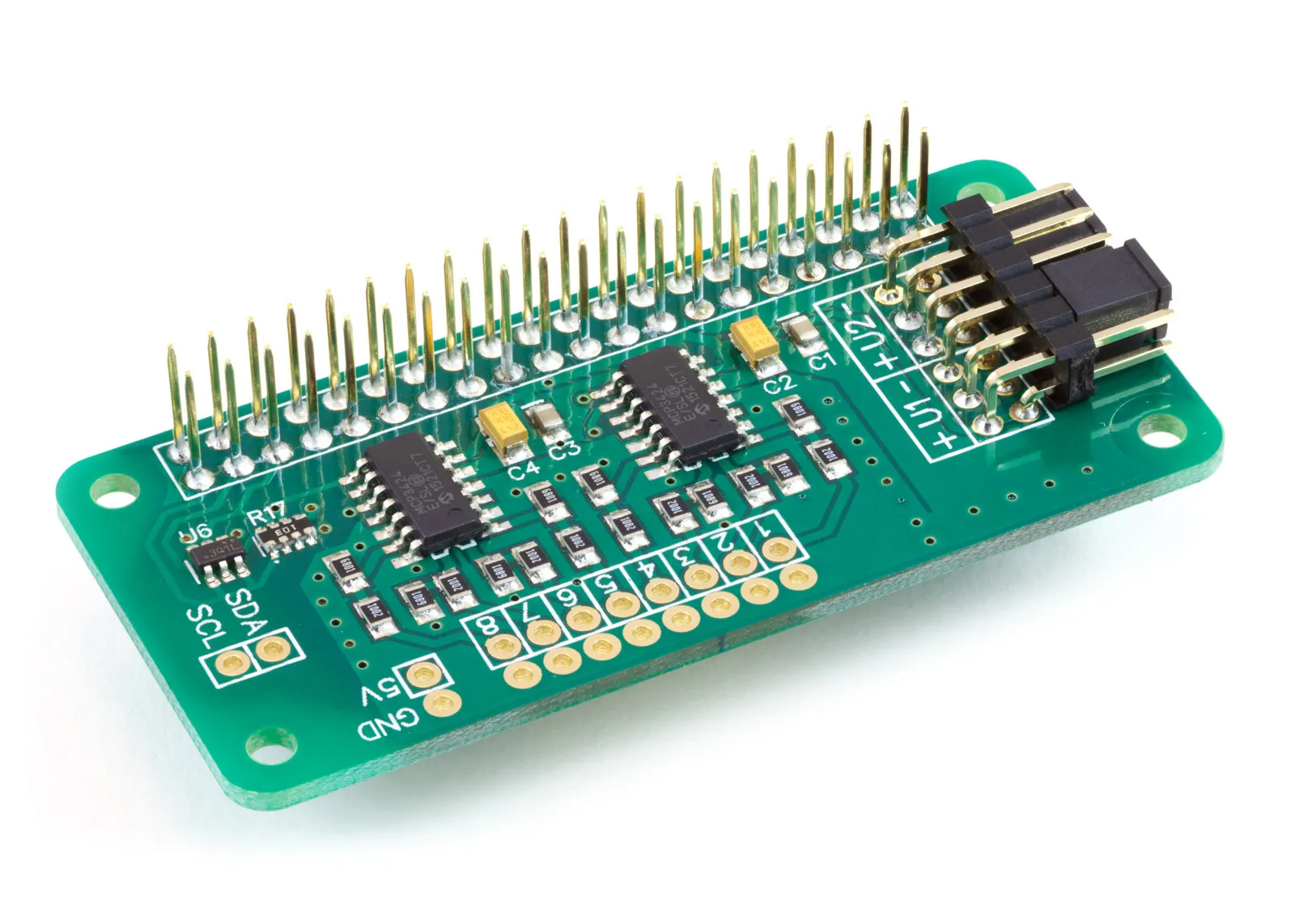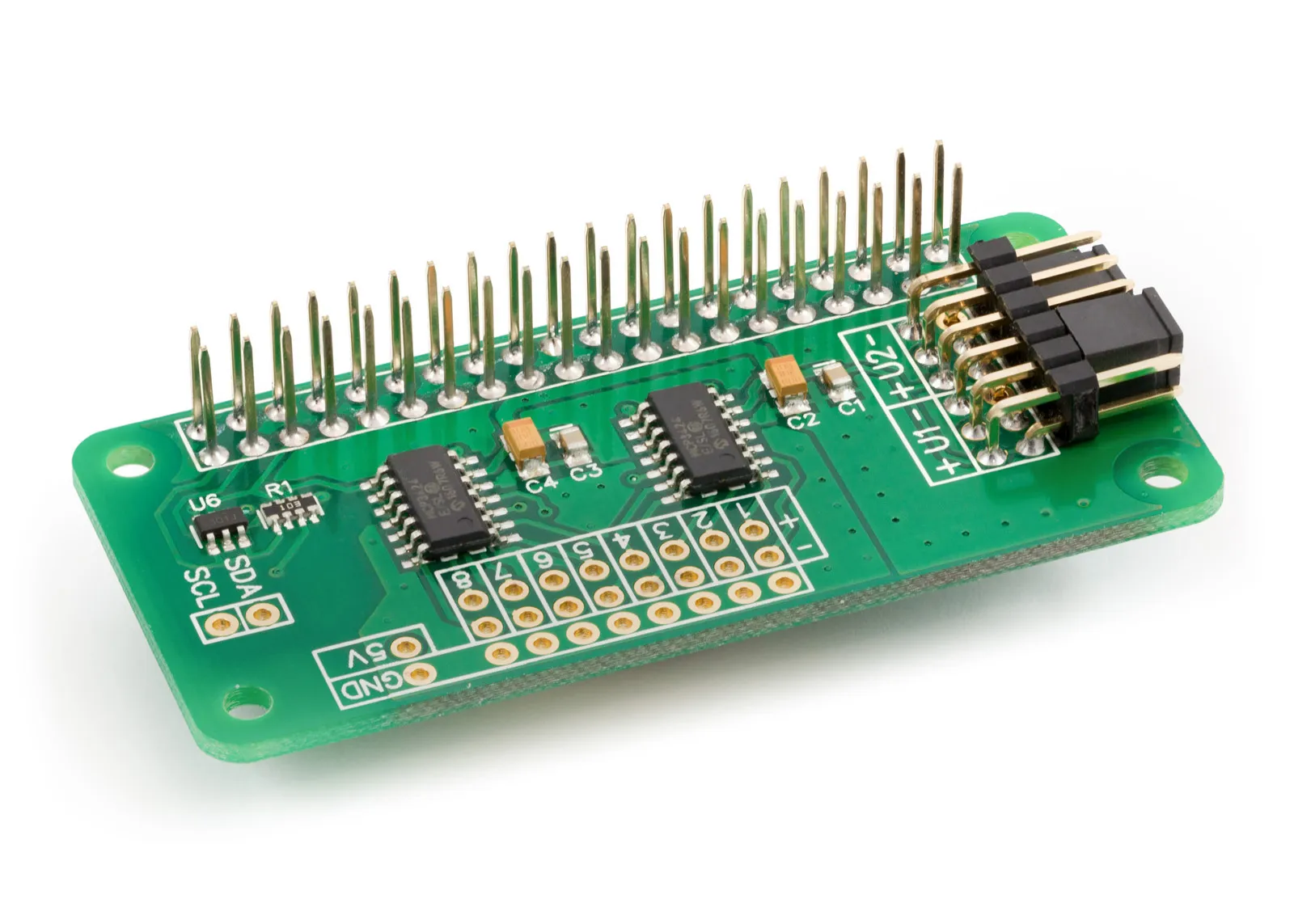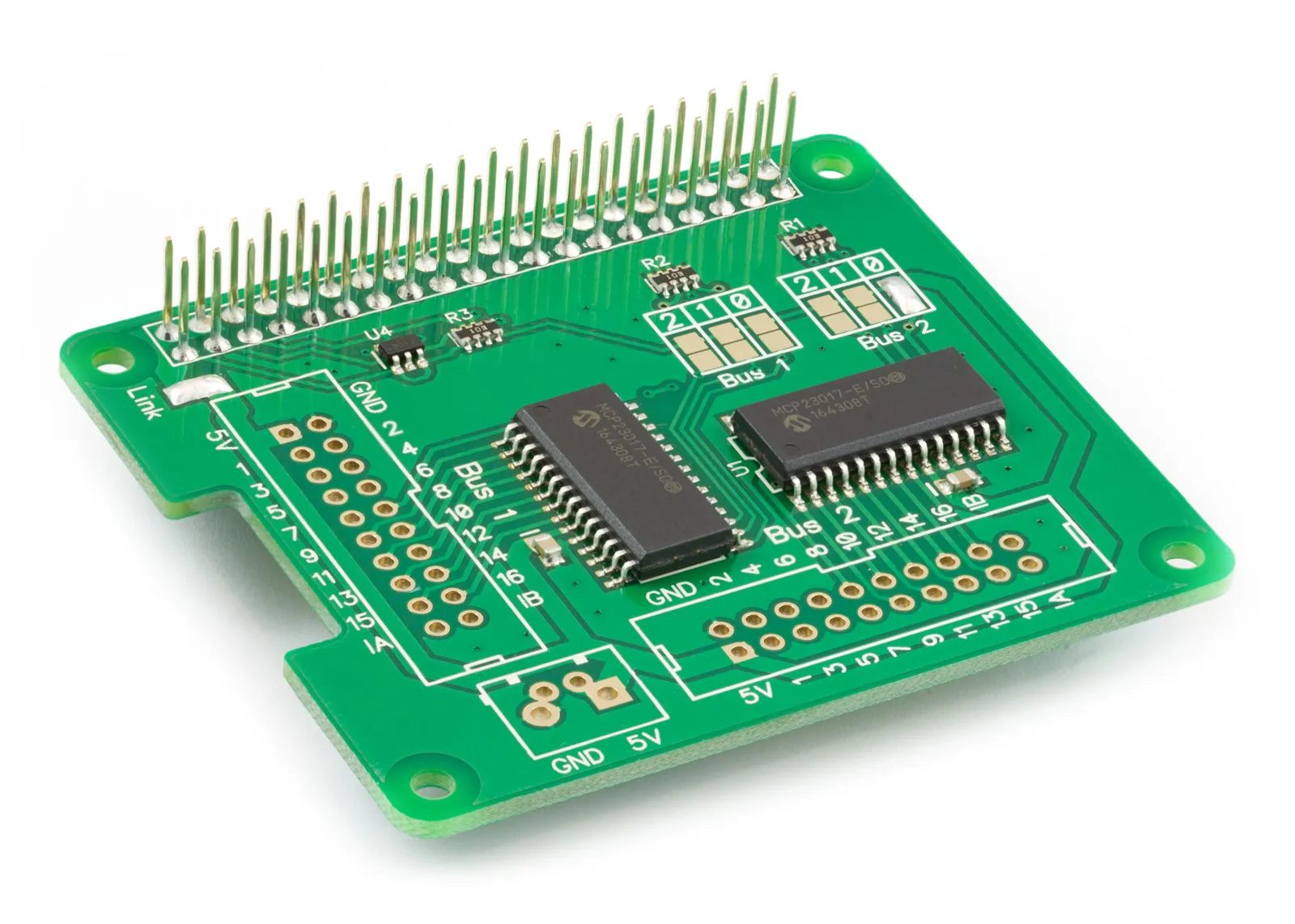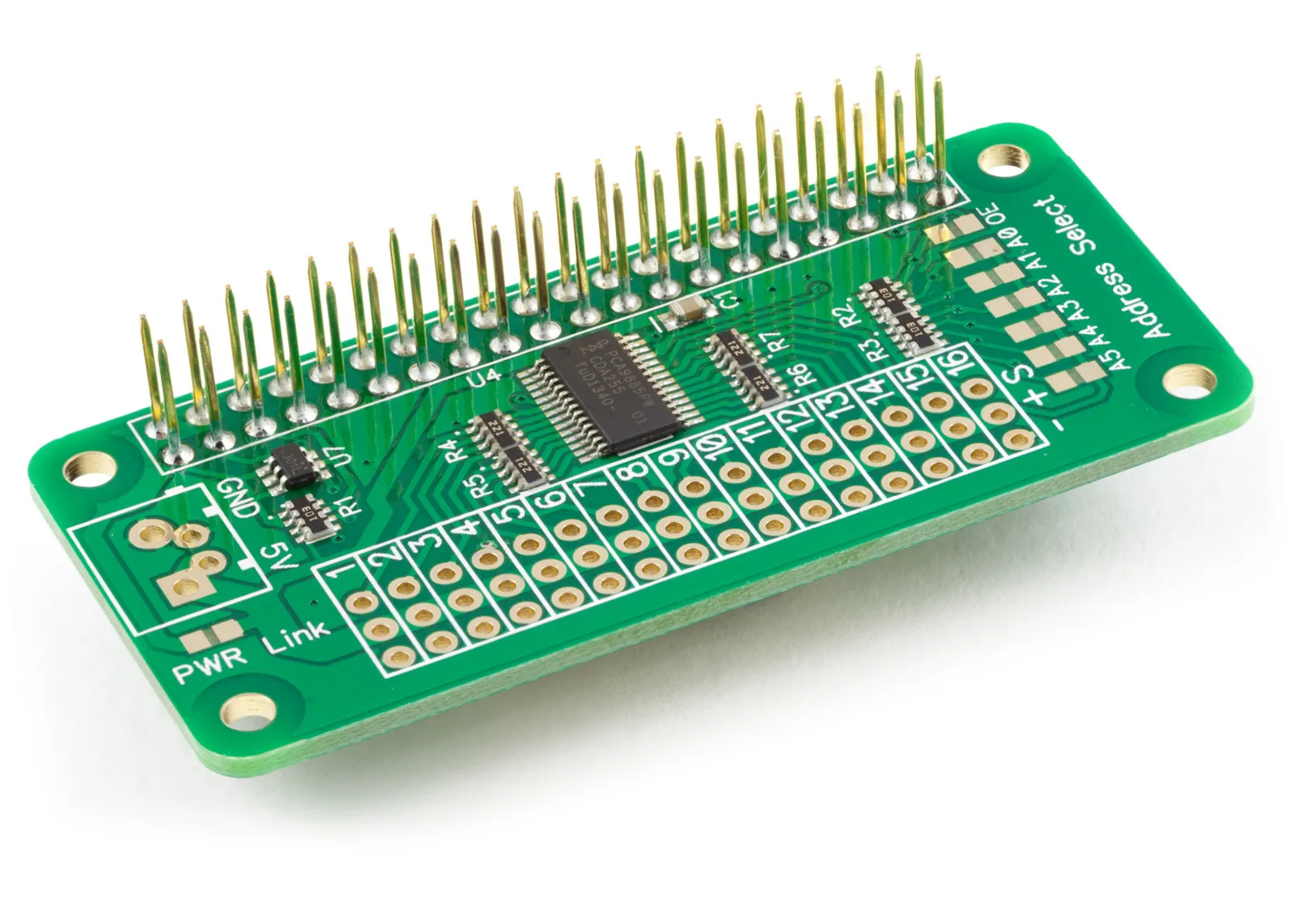This tool calculates the capacitance of capacitors in series.
Total Capacitance =
Understanding Capacitors in Series
When capacitors are connected in series, the effective capacitance decreases. This happens because the charge Q across each capacitor remains the same, but the voltage across each adds up, resulting in a lower overall capacitance compared to any single capacitor in the series.
How to Calculate
The formula to find the total capacitance Ctotal of capacitors in series is given by the reciprocal of the sum of the reciprocals of each individual capacitor's capacitance:
where:
Ctotal = C1 + C2 + C3 + ··· + Cn are the capacitances of each individual capacitor in the series.
Example
Suppose you have three capacitors in series with capacitances of 4 µF, 6 µF, and 12 µF. To find the total capacitance, use the formula:
Calculating this, we find:
So, the total capacitance Ctotal is:
Visual Representation
Visualizing this in a circuit:

Imagine each capacitor connected end-to-end (like a daisy chain). The first plate of the first capacitor connects to the second plate of the second capacitor, and so on, with the outer plates connecting to the circuit.
Key Points
- Total Capacitance Decreases: In series, the total capacitance is always less than the smallest individual capacitor's capacitance in the group.
- Voltage Adds Up: The voltage across each capacitor when in series adds up, which is why the overall capacitance decreases.




